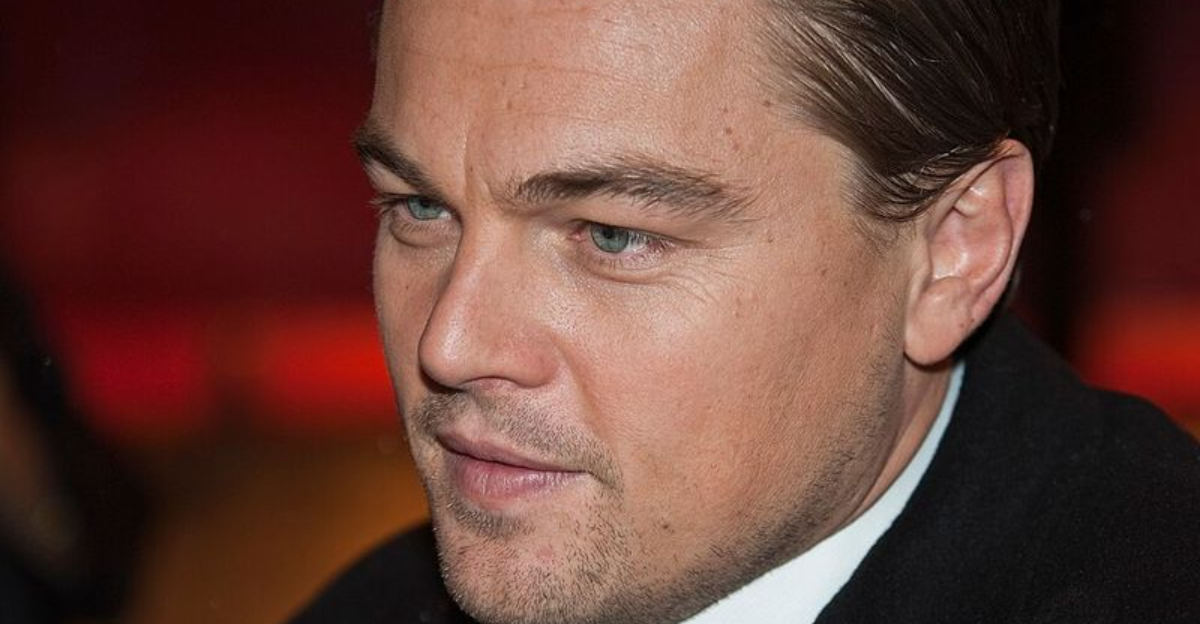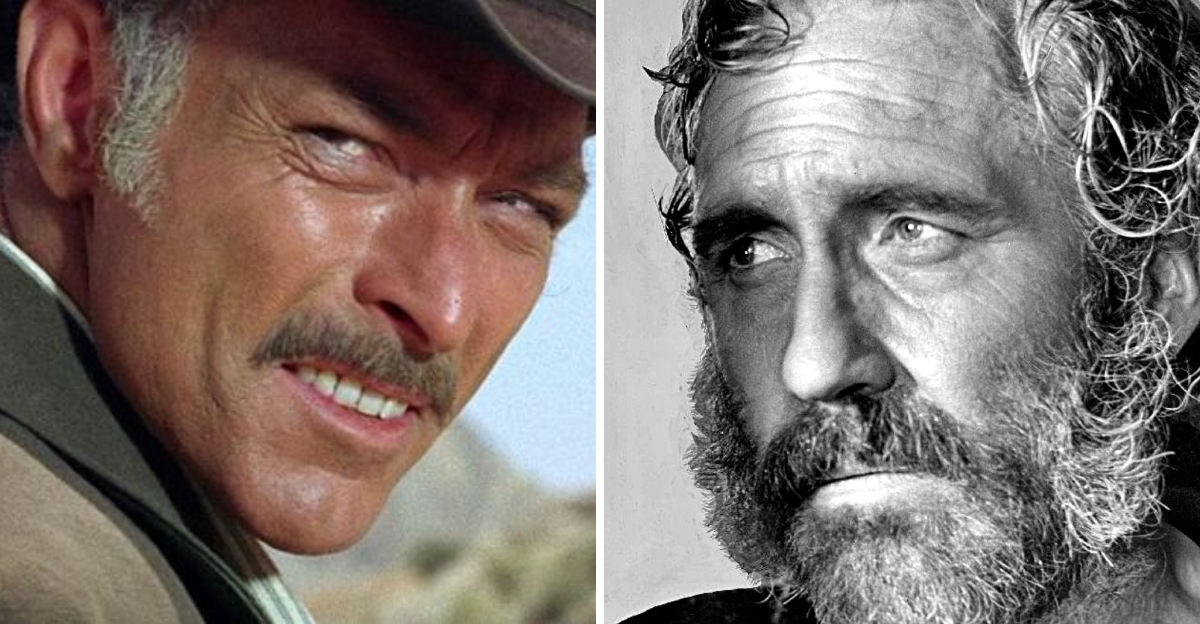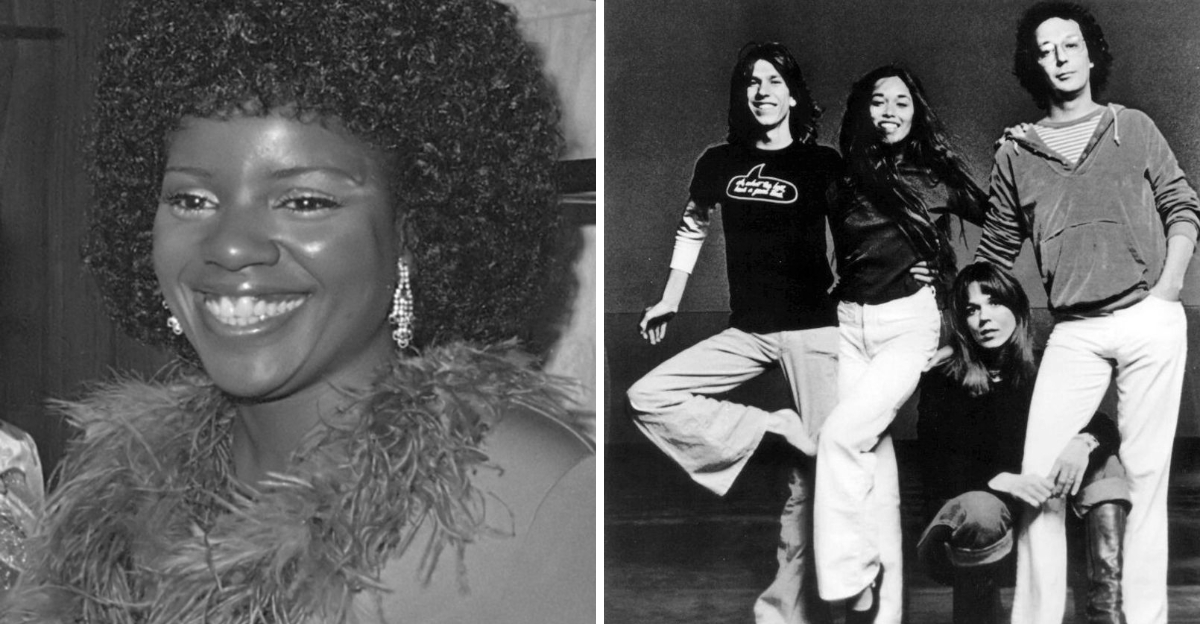The Untold Stories Behind TV’s Most Sophisticated Gunslinger, Have Gun – Will Travel
Most westerns from the 1950s stuck to simple cowboys-versus-outlaws stories, but Have Gun – Will Travel broke all the rules.
Richard Boone starred as Paladin, a cultured gentleman who quoted Shakespeare one moment and drew his gun the next.
Behind the camera, wild accidents, brilliant negotiations, and surprising connections shaped a show that changed television forever.
1. The Accidental Icon: How Technology Created A Legend
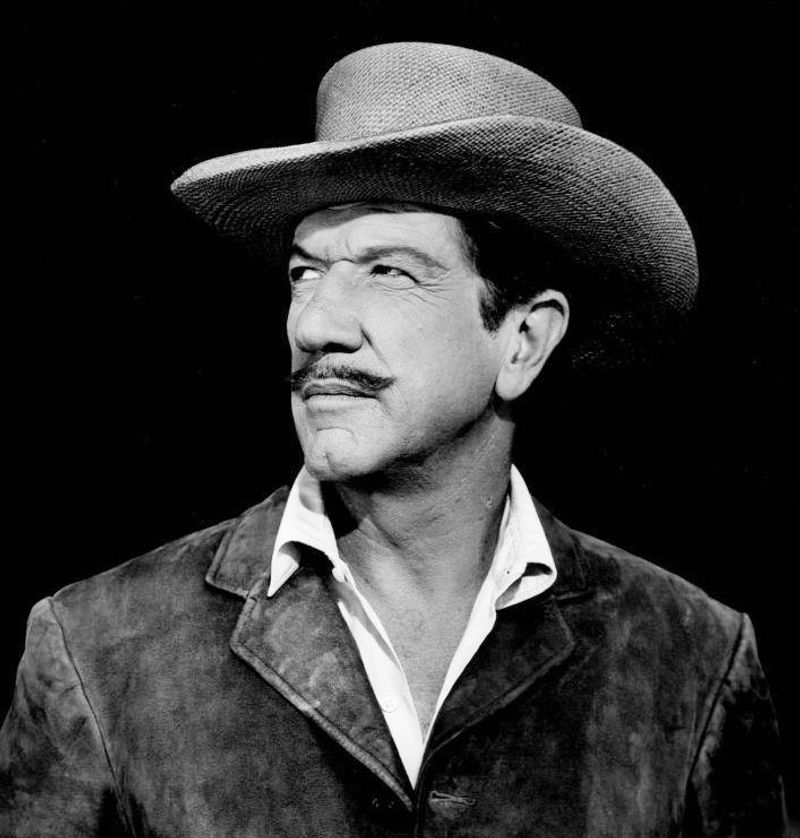
Sometimes the best creative decisions happen by mistake. Costume designers meticulously selected midnight blue riding clothes for Richard Boone, specifically chosen to enhance his striking blue eyes and create a sophisticated look for the cultured gun-for-hire.
Black and white television cameras had other plans. The rich blue fabric registered as pure black on screen, accidentally birthing the mysterious “man in black” persona that became Paladin’s signature.
Rather than correct this technical quirk, the wardrobe team leaned into it, eventually switching to actual black garments and embracing what technology had handed them.
2. Financial Genius Meets Hollywood Negotiations
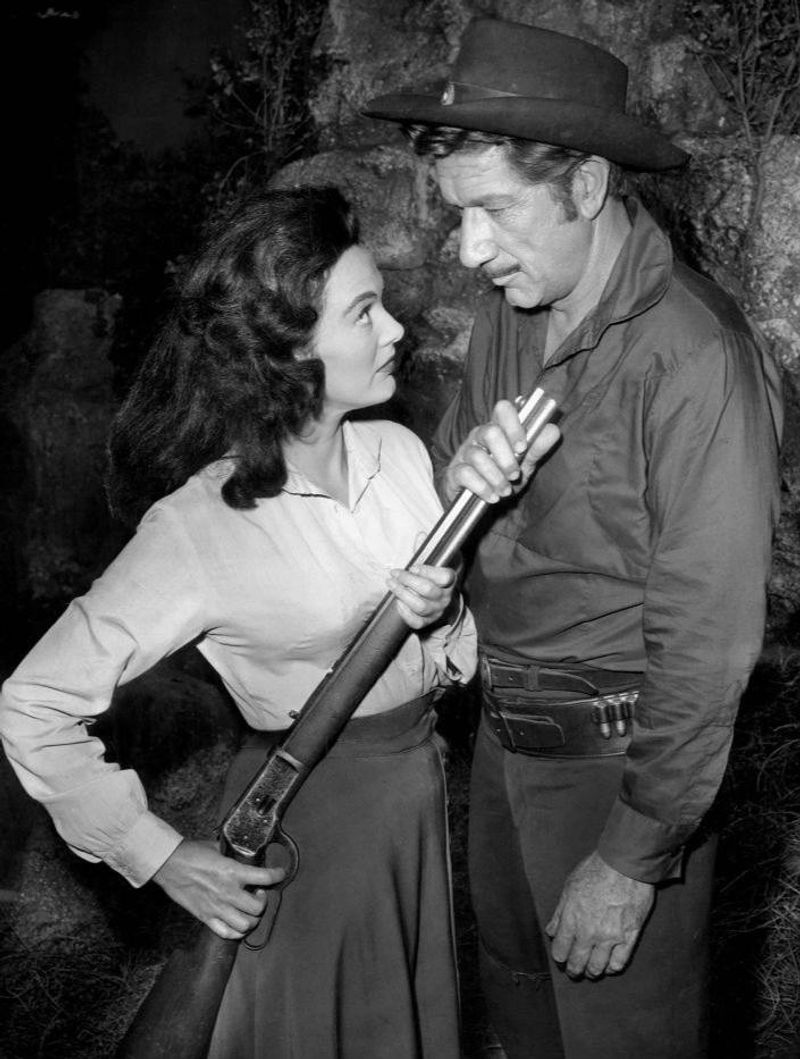
Richard Boone didn’t just sign a contract: he orchestrated a financial masterpiece that would influence television deals for decades. His $1.3 million agreement spread across twenty years represented revolutionary thinking in an industry accustomed to standard payment structures.
By sacrificing approximately $400,000 in residuals, Boone secured long-term stability and massive tax advantages. He was following the pioneering model established by Milton Berle and Jackie Gleason, becoming one of the first dramatic actors to demand this type of deferred payment structure.
The deal proved that television stars could negotiate with the same sophistication as their characters.
3. When Two Paladins Went To Court
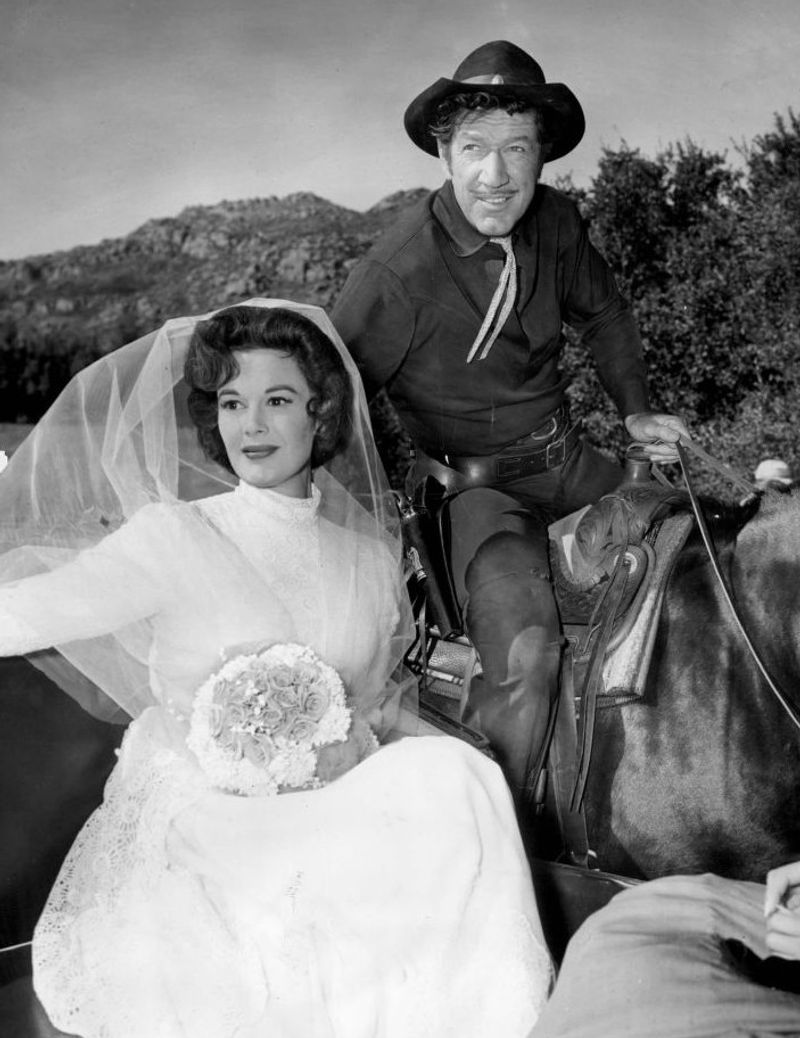
Victor DeCosta wasn’t just a viewer when the show premiered, he was already living the life. The rodeo performer had been distributing business cards with similar messaging, wearing all-black outfits, and calling himself “Paladin” before television audiences ever heard the name.
His lengthy lawsuit against the network ultimately exposed one of television’s most intriguing cases of inspiration, borrowing, and creative appropriation.
The legal proceedings revealed that show creators had indeed taken substantial elements from DeCosta’s real-life persona, blurring the lines between original creation and documented influence.
4. The Casting Chain Reaction That Changed Everything
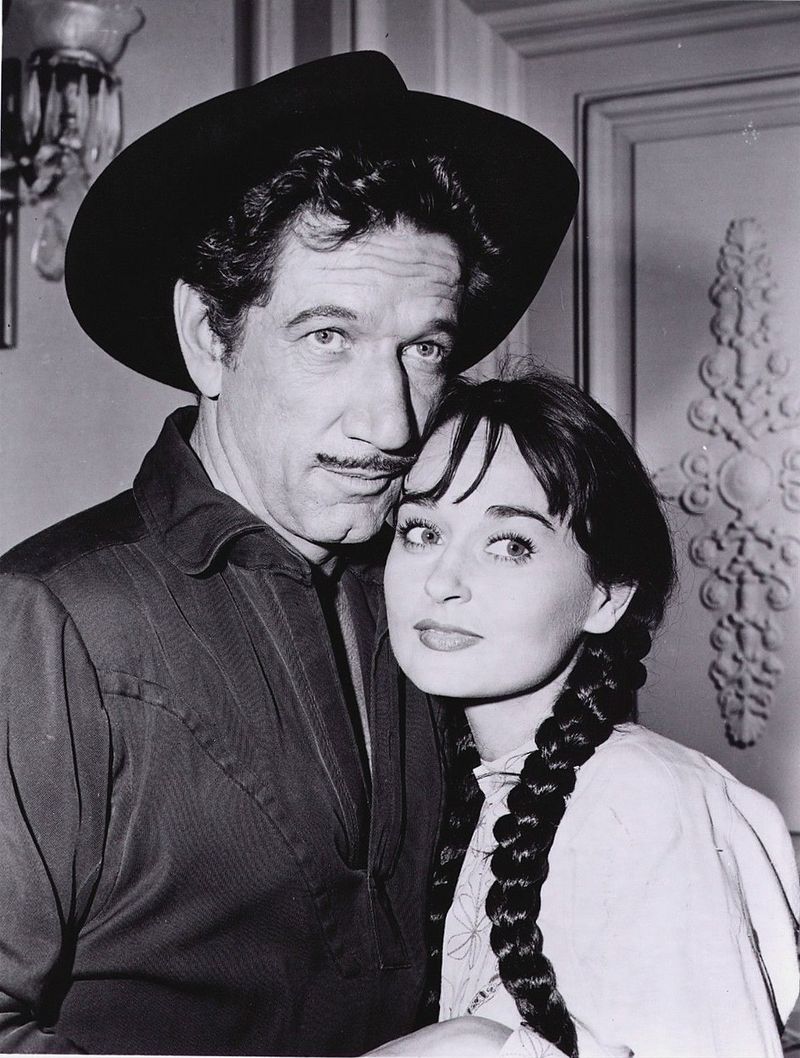
Randolph Scott, Hollywood’s most bankable western star, could have claimed this role and television immortality with it. Instead, he was committed to his celebrated film collaborations with director Budd Boetticher, producing the gritty westerns that critics now consider classics.
Scott didn’t let the script languish, he personally handed it to Richard Boone during production of Ten Wanted Men. That casual gesture on a film set became a pivotal moment in television history, allowing Boone to create a character that would redefine what sophisticated western storytelling could achieve.
5. The Star Trek Connection Nobody Saw Coming
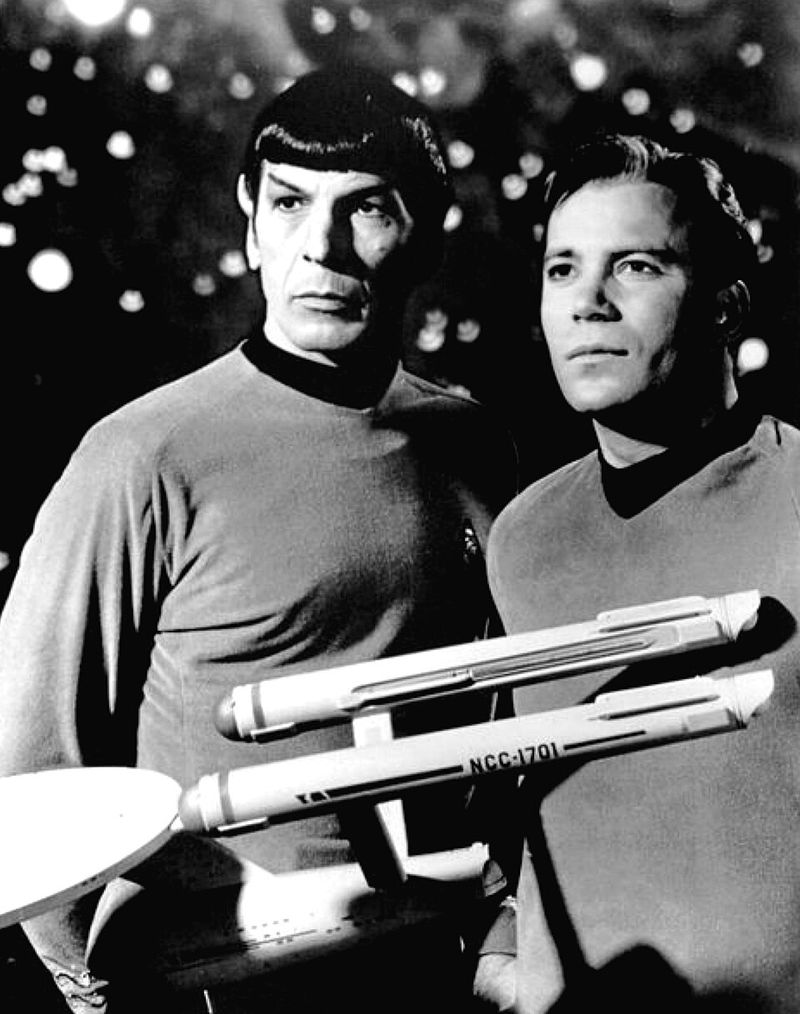
Years before the Starship Enterprise explored strange new worlds, Gene Roddenberry was crafting morally complex adventures in the American frontier. His twenty-four scripts for the series served as his creative proving ground, exploring themes that would become Star Trek’s foundation.
The episode “Helen of Abajinian” earned Roddenberry a Writers Guild Award in 1958 and demonstrated his talent for weaving philosophical depth into popular entertainment. Diplomacy, diversity, and ethical dilemmas in impossible situations, all the elements that would define Star Trek, were being tested in post-Civil War frontier towns.
6. Borrowed Brilliance: The Music Nobody Recognized
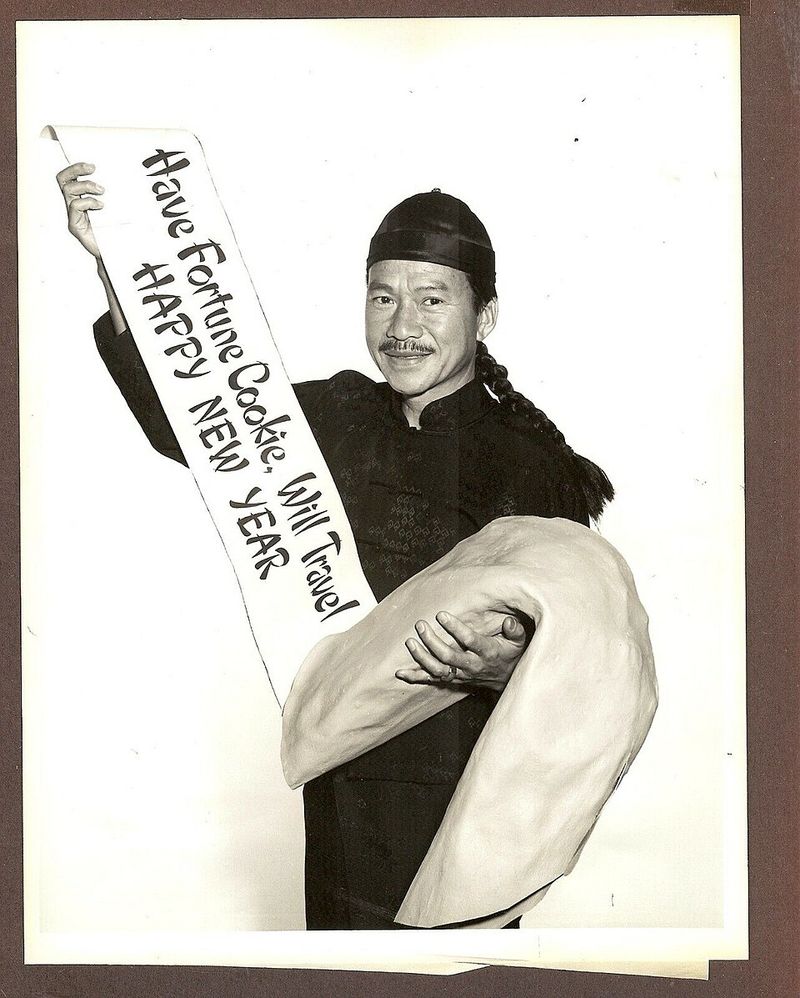
Composer Bernard Herrmann’s haunting four-note opening theme became instantly recognizable, but audiences had actually heard it before. The film noir maestro had recycled his own work from the 1951 Robert Ryan film On Dangerous Ground, reorchestrating it for television.
At the 35:25 mark in the original film, the melody still exists, waiting for eagle-eared viewers to discover it. Herrmann’s musical sleight of hand went completely unnoticed, audiences heard those notes and thought only of Paladin, never suspecting they were experiencing repurposed cinematic genius.
7. Breaking Ground With Real Locations
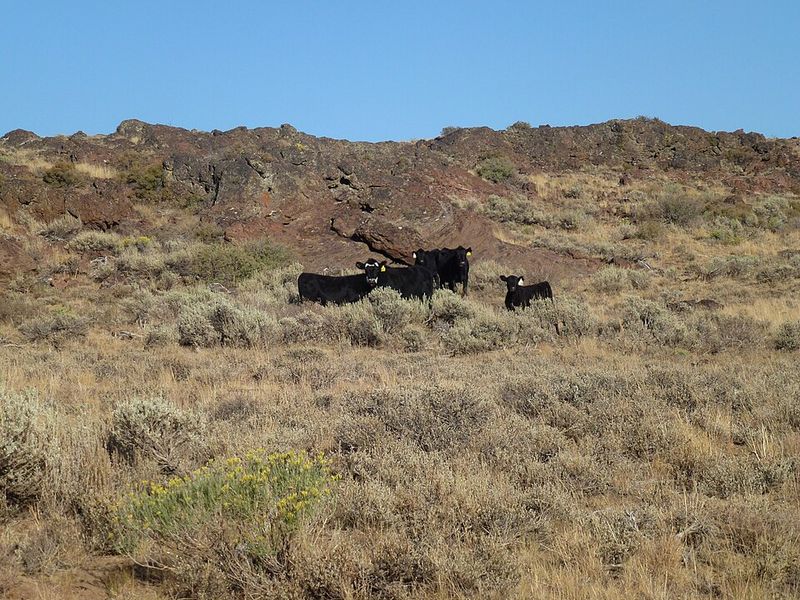
While competing westerns remained content with dusty studio backlots, this production did something revolutionary: they actually left Hollywood. Crews traveled extensively throughout Northern California, New Mexico, and Oregon, pioneering location shooting for television westerns.
The commitment to authentic landscapes came with logistical nightmares and budget increases, but delivered production values that competitors couldn’t match. Real mountains, genuine frontier architecture, and natural lighting created atmospheric depth that elevated the entire genre.
8. Creative Control Before It Was Common
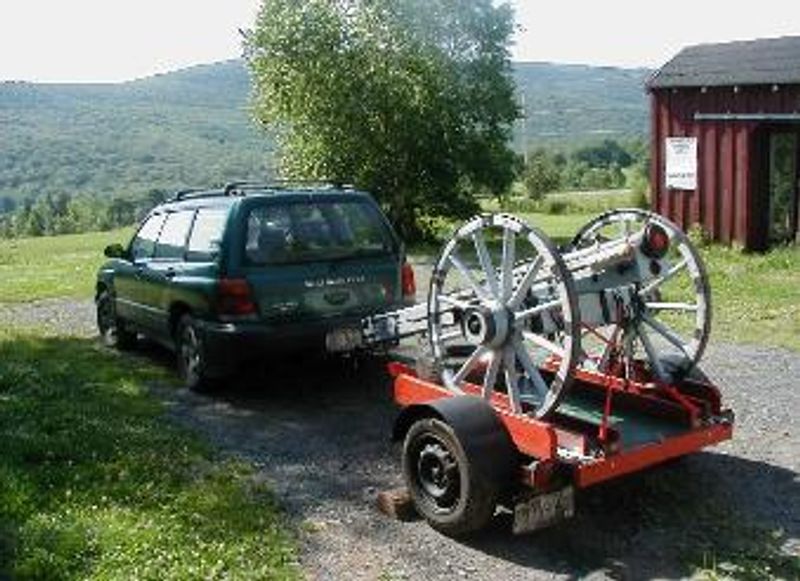
Boone refused to simply show up, deliver his lines, and collect paychecks. By the show’s later seasons, he had personally directed twenty-eight episodes, establishing himself as an early actor-director in an era when studios typically maintained tight creative control.
His insistence on wielding the megaphone demonstrated both his commitment to quality and his understanding that he knew Paladin better than anyone else. This hands-on approach was relatively rare in late 1950s television, making Boone a trailblazer for actors who would later demand similar creative authority.
9. Hidden Symbolism In A Business Card

The chess knight adorning Paladin’s calling card wasn’t random decoration, it was deliberate medieval symbolism meeting frontier justice. Creators specifically chose the knight, called a “paladin” in chess terminology, to represent a noble warrior who moves in unconventional patterns.
That tiny silver chess piece communicated everything about the character’s approach: sophisticated, strategic, willing to take indirect paths toward righteous goals. One carefully chosen symbol conveyed more than paragraphs of dialogue ever could.
10. When A Gamble Backfired Spectacularly
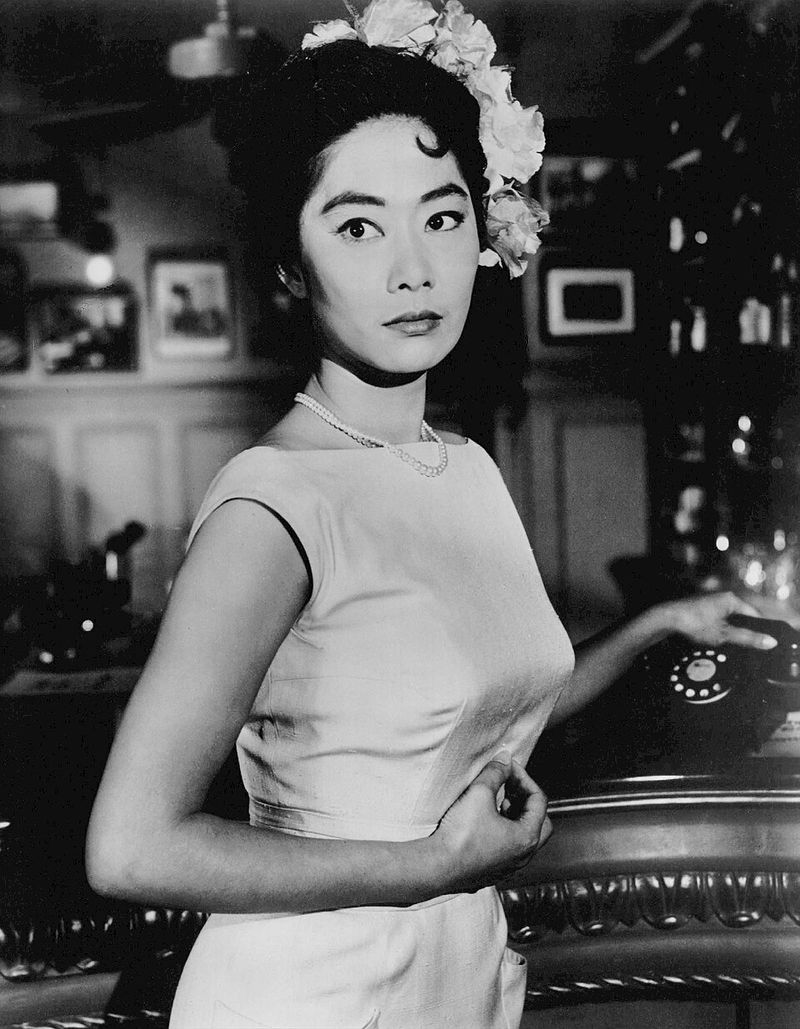
Season four brought unexpected changes when Kam Tong, who played Hey Boy, suddenly departed the Carlton Hotel’s marble lobby. He’d been lured away by promises of a starring role in a new series called Mr. Garlund, leaving behind steady employment on a hit western.
Lisa Lu stepped in as Hey Girl with considerable charm, but Tong’s calculated risk collapsed catastrophically when his new show flopped almost immediately. He’d traded a successful western for a series that barely registered in the ratings, a cautionary tale about leaving certain success for uncertain promises.
11. Hollywood’s Glass Ceiling Meets Its Match
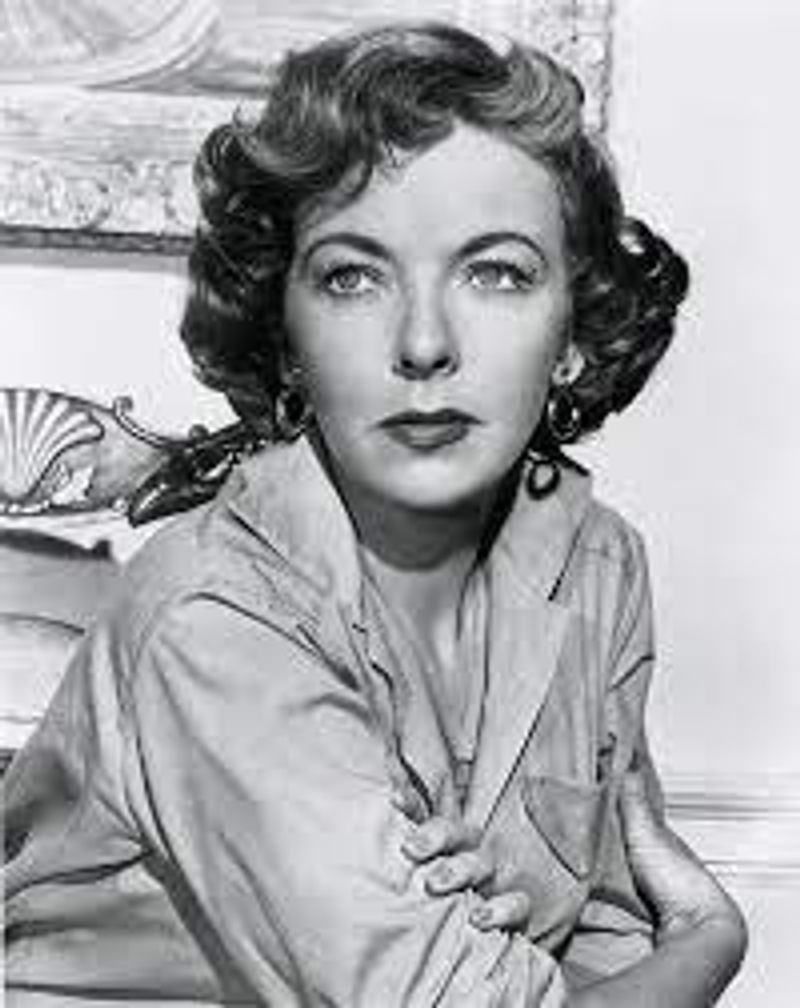
When Ida Lupino stepped behind the camera to direct several episodes, she joined the tiny handful of women calling shots in 1950s television. Her episodes stood out for their psychological depth and nuanced performances, demonstrating that diverse perspectives behind the camera enriched storytelling.
Lupino’s directorial presence was exceptional for the era, and her contributions added sophistication layers that complemented the show’s already intelligent approach to western narratives.
12. The Hawaiian Opportunity That Never Was
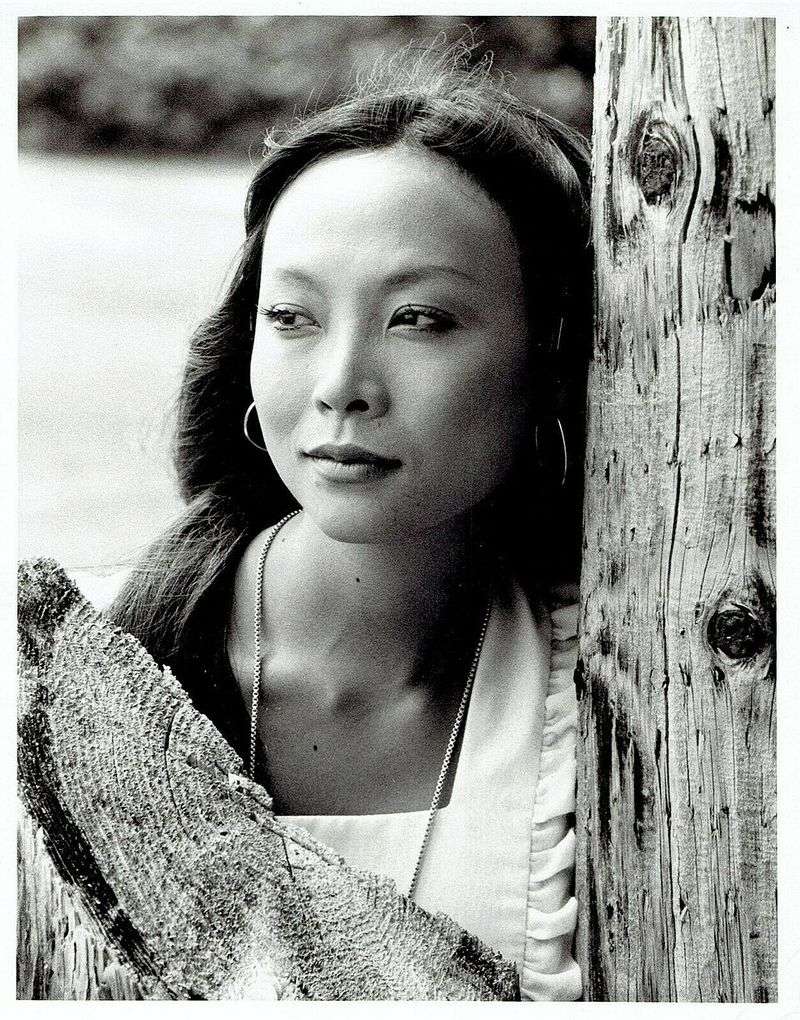
Richard Boone’s deep affection for Hawaii nearly redirected his entire career. Producer Leonard Freeman, impressed by Boone’s island passion, offered him the lead role in Hawaii Five-O before Steve McGarrett was even fully developed.
Had Boone accepted, television history would have shifted dramatically, no Jack Lord as McGarrett, and potentially no continuation of Paladin’s adventures. The roles actors decline sometimes prove as consequential as the ones they accept.

